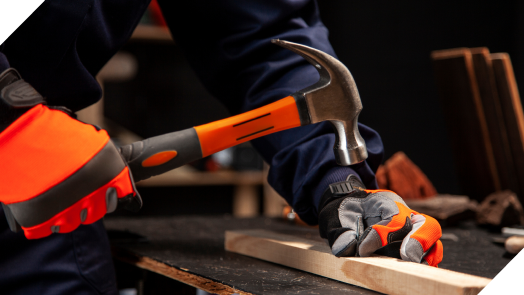Understanding The Plumbing Repair Process

Plumbing issues can disrupt daily routines and cause significant inconvenience, making it important to understand the plumbing repair process. Whether you’re dealing with a leaky faucet or a more complex plumbing problem, knowing the steps involved can help you manage repairs more effectively and decide when to call in professional plumbing repair services in Dubai.
Identifying the problem:
The first step in the plumbing repair process is identifying the problem. This involves observing the symptoms of the issue, such as low water pressure, leaks, or unusual noises. Understanding the nature of the problem is essential for determining the appropriate repair approach. For example, a dripping faucet might indicate a worn-out washer, while a significant drop in water pressure could suggest a blockage or pipe damage.
Assessing the damage:
Once the problem is identified, the next step is to assess the damage. This involves inspecting the affected area to understand the extent of the issue. In some cases, this might require checking under sinks, around pipes, or in other possibly affected areas. For more serious problems, such as burst pipes or sewer backups, it may be necessary to use specialized tools like pipe cameras to get a clear view of the damage. Accurate assessment helps in determining whether a DIY repair is feasible or if professional help is needed.
Choosing the repair method:
Depending on the problem and the extent of the damage, you will need to choose the appropriate repair method. For minor issues like a leaky faucet, replacing a washer or tightening connections might suffice. For more complex problems, such as pipe leaks or clogs, you might need to use pipe sealant, replace sections of pipe, or employ chemical drain cleaners. Understanding the right method for the repair is important to ensure a long-lasting fix and prevent further issues.
Gathering tools and materials:
Before starting the repair, gather all the necessary tools and materials. Common tools include wrenches, screwdrivers, pliers, and pipe sealants. For more advanced repairs, you may need additional items such as pipe cutters or replacement parts. Having the right tools and materials on hand helps streamline the repair process and avoids delays.
Performing the repair:
With the tools and materials ready, you can begin the repair process. Follow any relevant instructions or guidelines carefully to ensure the repair is done correctly. For simple fixes, this might involve tightening fittings or replacing parts. For more complex issues, such as pipe repairs, you may need to cut out damaged sections and install new ones. Always follow safety precautions, such as turning off the water supply before starting repairs.